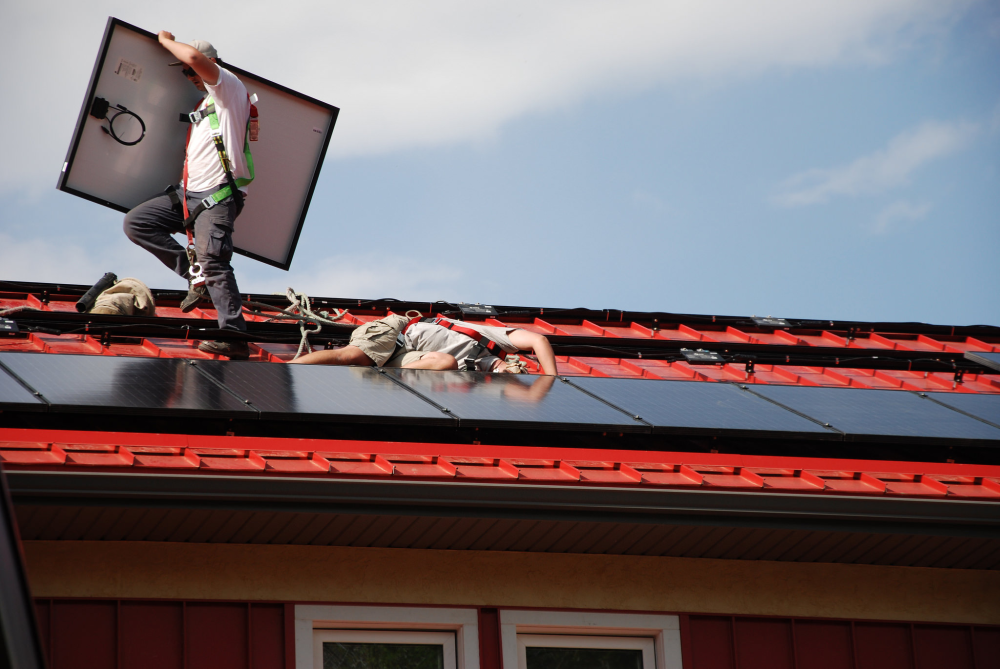The non-profit sector has a real need for the benefits energy efficiency programs can bring. However, non-profit organizations may not participate if programs don’t address their specific needs.
The government-appointed Energy Efficiency Advisory Panel is gathering input as part of its mandate to make recommendations for energy efficiency programs in Alberta (if you would like to share your own recommendations, you cantact them by email or through their website). These programs will deliver energy and money savings, create jobs and ulitmately reduce greenhouse gas emissions in the province.
Key principles can guide the design of programs to enable non-profit participation. For starters, the non-profit sector often faces a scarcity of resources. Programs must provide adequate support to enable organizations to participate easily. In order to ensure the programs are sustainable, government can create structures that allow other actors like utilities and energy service providers to help deliver services. A centralized agency can advise the sector and have resources for connecting with funding sources, free or subsidized assessments, access to contractors and various project management tools.
Financial incentives should be structured as grants or loans. Financing mechanisms that permit owners to tie the investment in efficiency upgrades to their property should be available. In the U.S., Property Assessed Clean Energy (PACE) loans enabled by government have taken off. PACE loans allow property owners to bundle the costs of the upgrade to the property and make their payment as part of their property bills. Similar mechanisms could be enacted in Alberta via the local improvement charges with an amendment to the Municipal Government Act. It would need to be designed to be accessible to non-profit organizations that are exmept from property taxes.
The sector does not merely operate on tight budgets. It is also diverse. Different types of organizations require customized support. Well thought-out programs will reach a wide range of Albertans and sub-sectors of the non-profit sector, with consideration for marginalized and rural populations. There needs to be targeted education to reach different groups, such as specific outreach to low-income housing tenants.
To ensure long-term sustainability, energy efficiency standards need to be integrated into our electricity system through regulations, targets, incentives and penalties for utilities and retailers. Investments in public transit, density planning, and district heating can help lower energy-related costs for non-profit organizations and marginalized populations, while also achieving cost-effective reductions in energy consumption.
See our report, Capturing the Benefits of Energy Efficiency for Non-Profit Organziations, for a further discussion of this issue and the latest findings on how NGOs can engage in energy efficiency projects.








